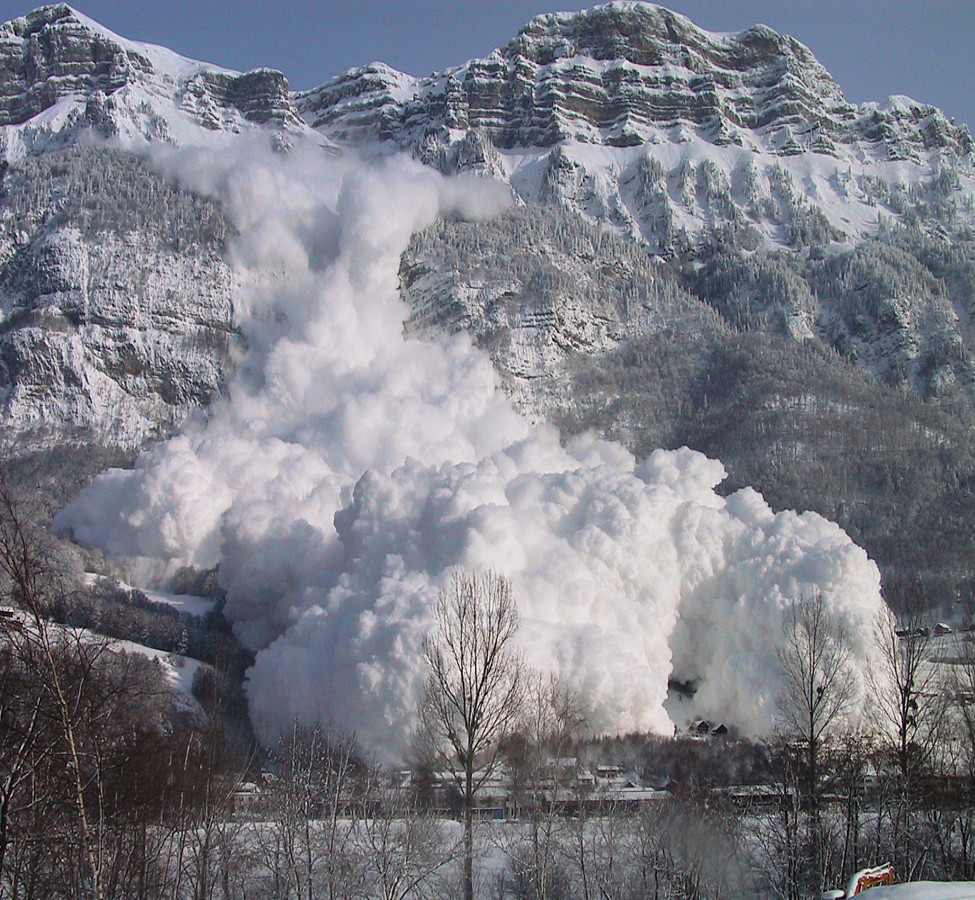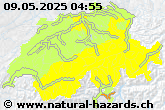Formation of a Tsunami
How is a tsunami generated?
Tsunamis are mainly triggered by submarine earthquakes. Other triggering events are landslides or volcanic eruptions under water, costal instability (landslides, rock or snow avalanches) or the impact of a meteorite into a body of water. Tsunamis can be generated when the seabed deforms and displaces the overlying water from its equilibrium position. The waves travel very fast in all directions. In an ocean of 8 km depth the wave speed is of the order of 1000 km/h. Therefore, such waves can cross the ocean within a few hours. In the open sea the wavelength can exceed 100 km whereas the wave height is very small, sometimes only a few decimetres. That's why such waves are almost not perceptible on open sea.
The tsunami becomes most dangerous when it approaches the coast. As the water depth decreases, the speed of the tsunami slows and a backwater effect occurs. The tsunami's energy flux, which is dependent on both its wave speed and wave height, remains nearly constant. When the tsunami's speed diminishes as it travels into shallower water, its wave height grows. When it finally reaches the coast, a tsunami, depending on the shape of the coast and the energy of the tsunami itself, may appear as a series of breaking waves or as an individual bore of up to 30 m height with a steep breaking front and of tremendous destruction force. Depending on the configuration of the coast the waves are observed inland as increasing water level within seconds. After that the water level declines just as rapidly again. Depending on the situation the water flows back with heavy destructiveness. The whole process can recur several times.
Very often tsunamis occur along the coasts of the Pacific Ocean where approximately 2 destructive tsunamis per year are observed. In few cases tsunamis also occur in lakes, however with limited intensity.
What damage can occur?
What type of damage might occur?
Tsunamis cause major inundation of the coast. The fast-moving waves and the back flowing water destroy whole stretches of coast as far as several kilometre inland. The force of a tsunami sweeps everything. Human beings are endangered by the water masses as well as by floating objects.
Tsunamis can travel far inland through estuaries causing major damage along the river.
The most destructive tsunami by the year 2004 occurred in 1883 following the eruption of Krakatoa Volcano (Indonesia). Within a radius of 80 kilometres about 36,000 people were killed by waves that were up to 40 metres high. This catastrophe is surpassed in dimension and damaging effect in a dramatic manner by the seaquake in the Indian Ocean on December 26th 2004.





